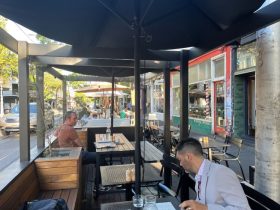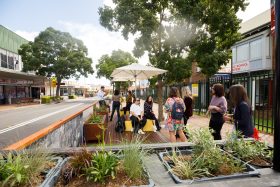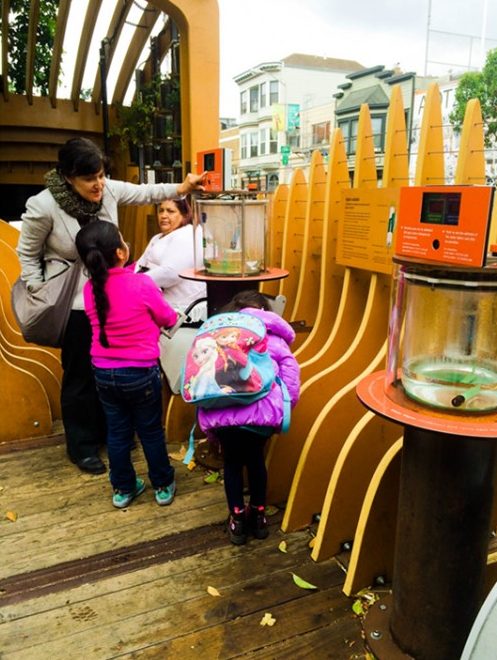The kerb of our streets is the often-forgotten public space that has the potential to transform streets into places of enhanced economic, social and cultural activity.
Rethinking our kerbs is good for business and communities. For example, using a car parking space for a bike parking corral or a dining parklet can generate about 80% more expenditure than the average 1.2 people that would be using it as a car parking space.
It’s all about using space more efficiently and in a way that will attract more people.
Increasing the density of people on high streets through more visits and longer stays can be achieved by improving street amenity. The heatmap below shows an example of McKeon Plaza, Maroubra, before and after street amenity improvements were undertaken as part of Transport for NSW’s successful Streets as Shared Spaces.
According to research undertaken by Urbis on the program, it showed that amenity improvements to streets – such as planting, outdoor dining, wider footpaths, and slower speeds – can generate an estimated 22% more revenue for businesses across the street.
BEFORE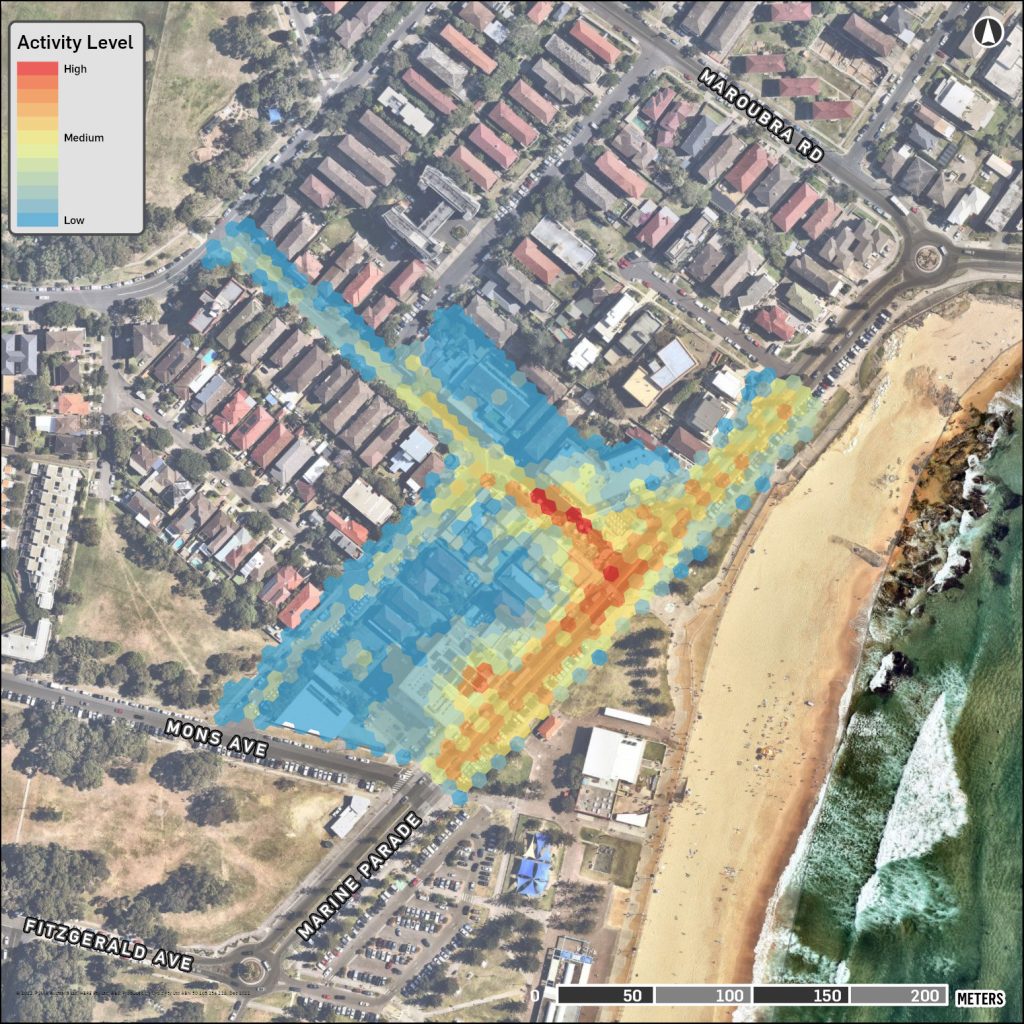
DURING
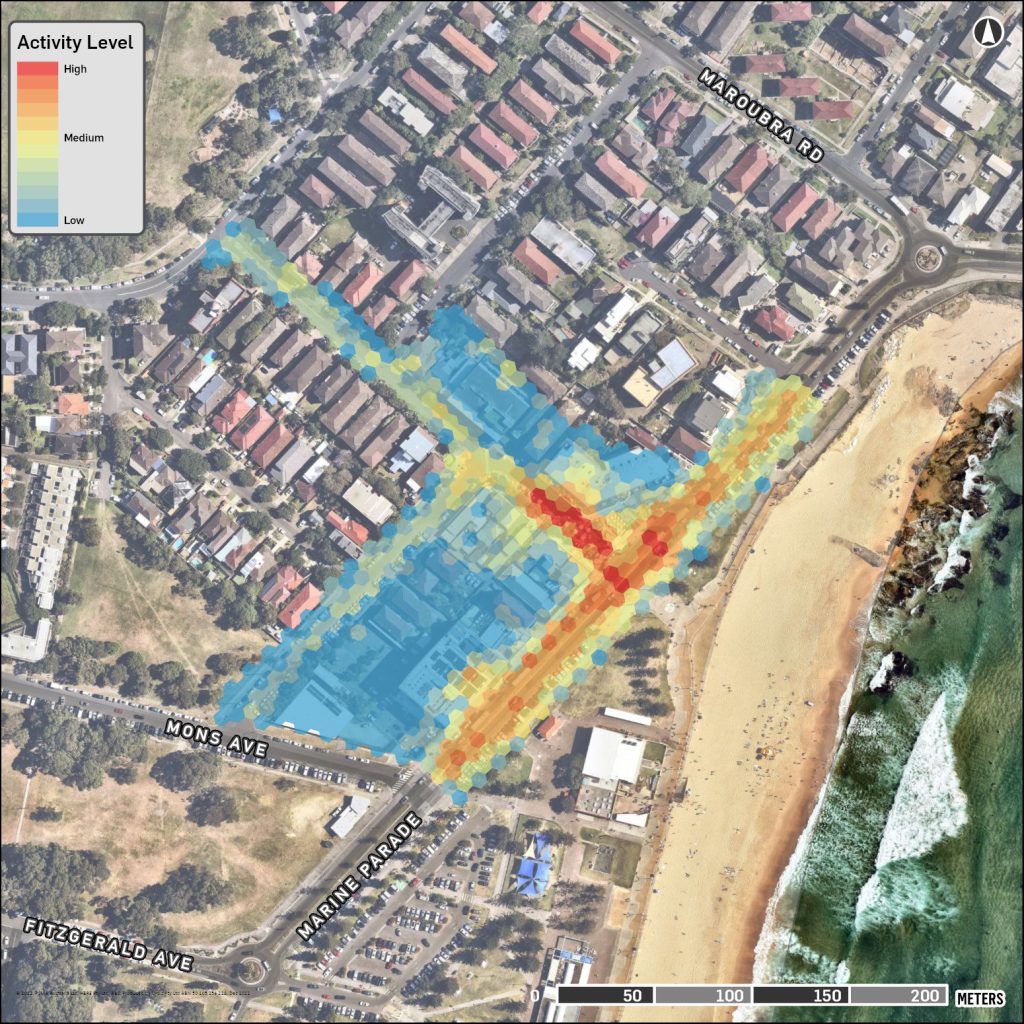 Increased visitation where streets have amenity improvements (Example McKeon Plaza, Maroubra)
Increased visitation where streets have amenity improvements (Example McKeon Plaza, Maroubra)

